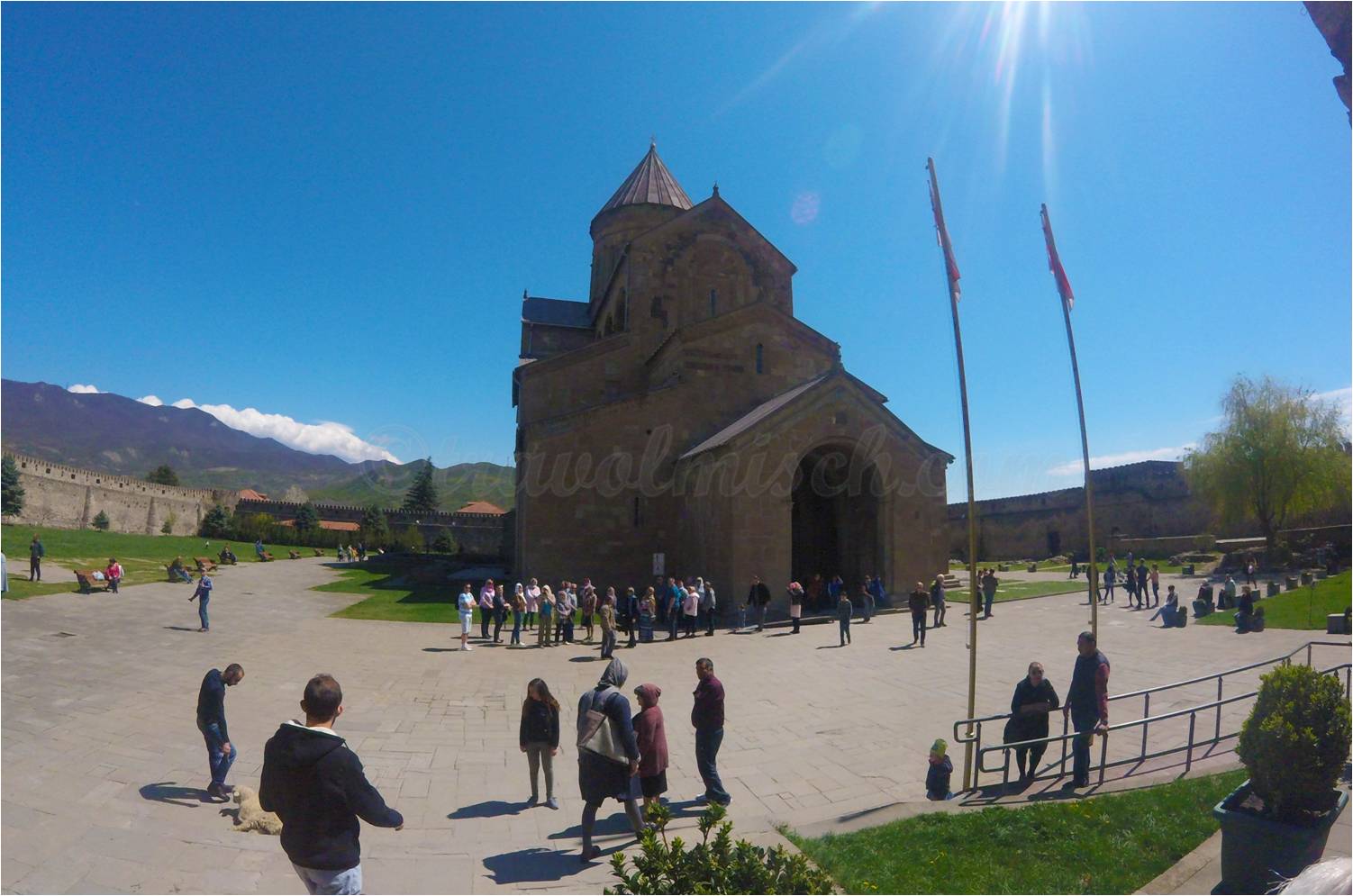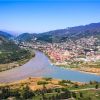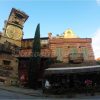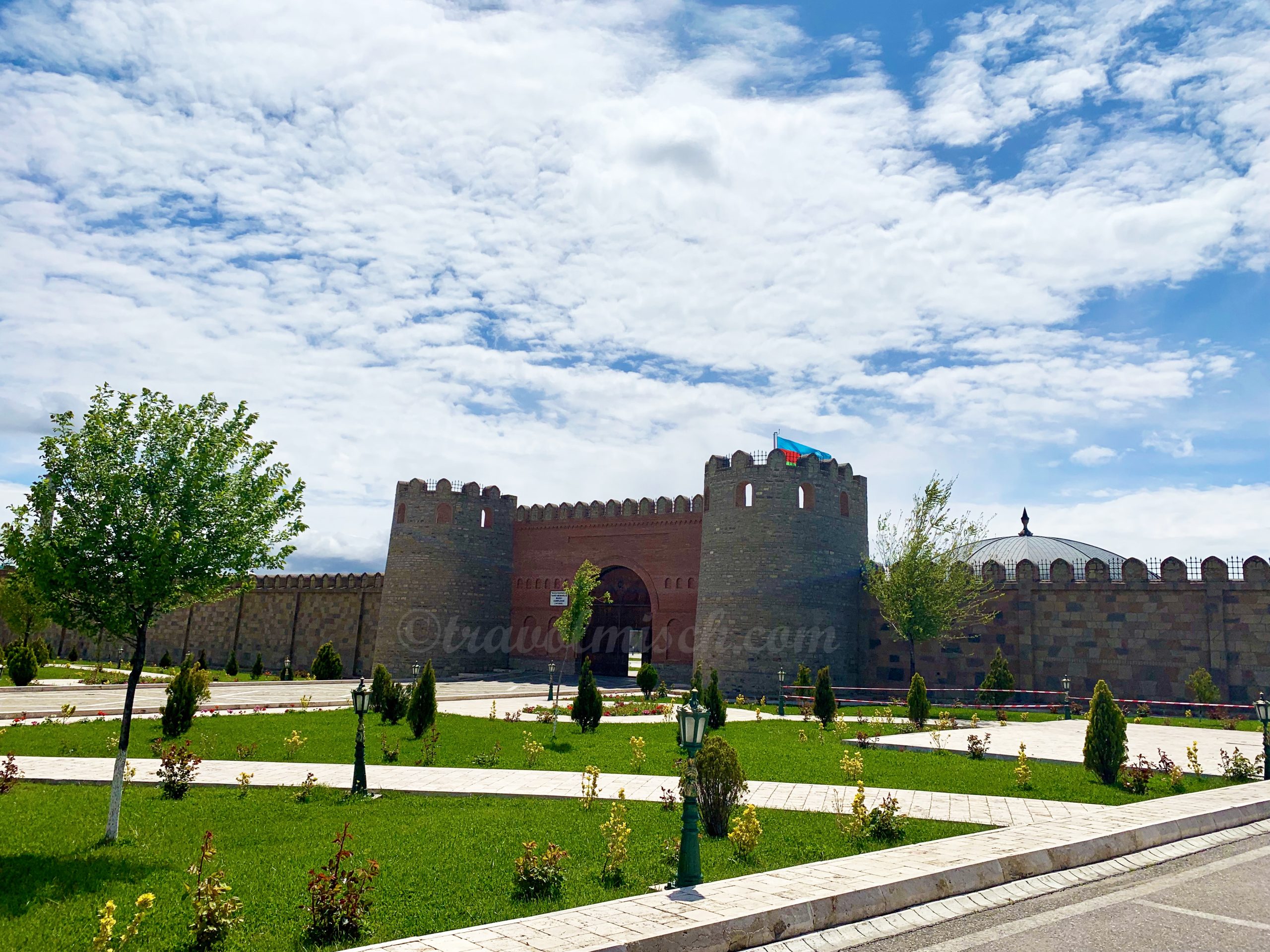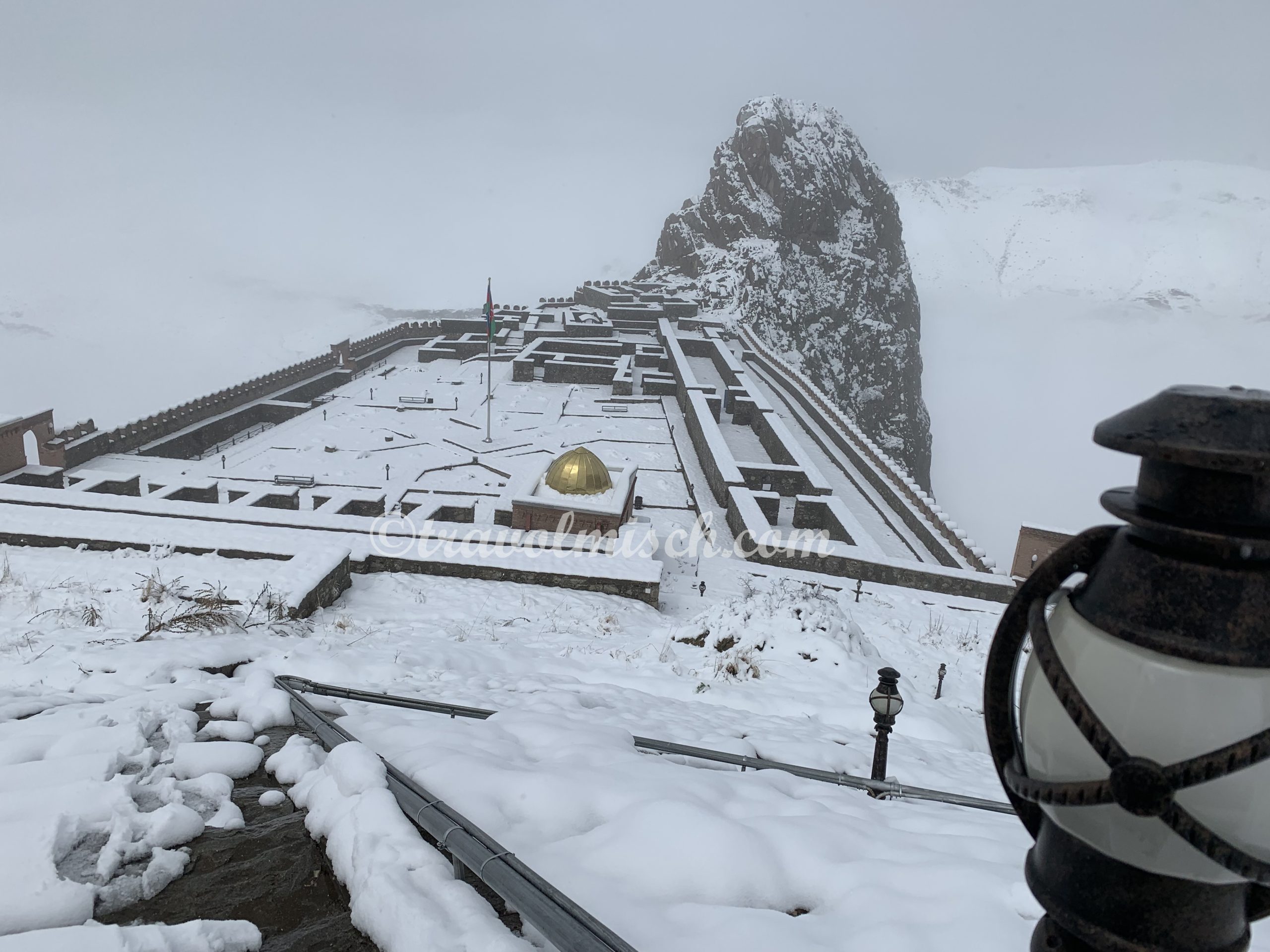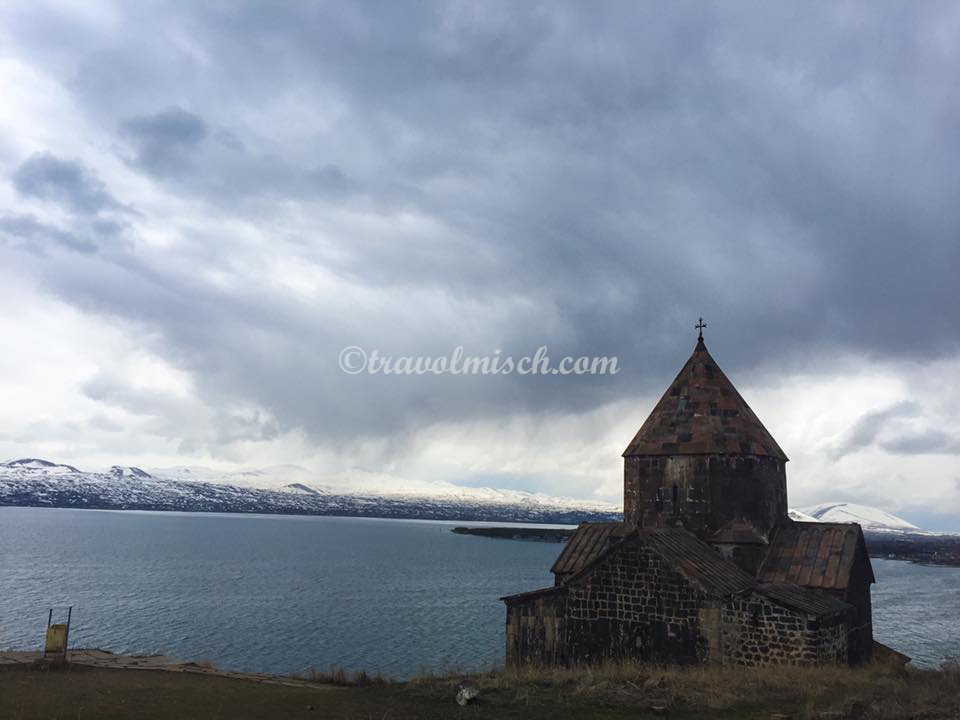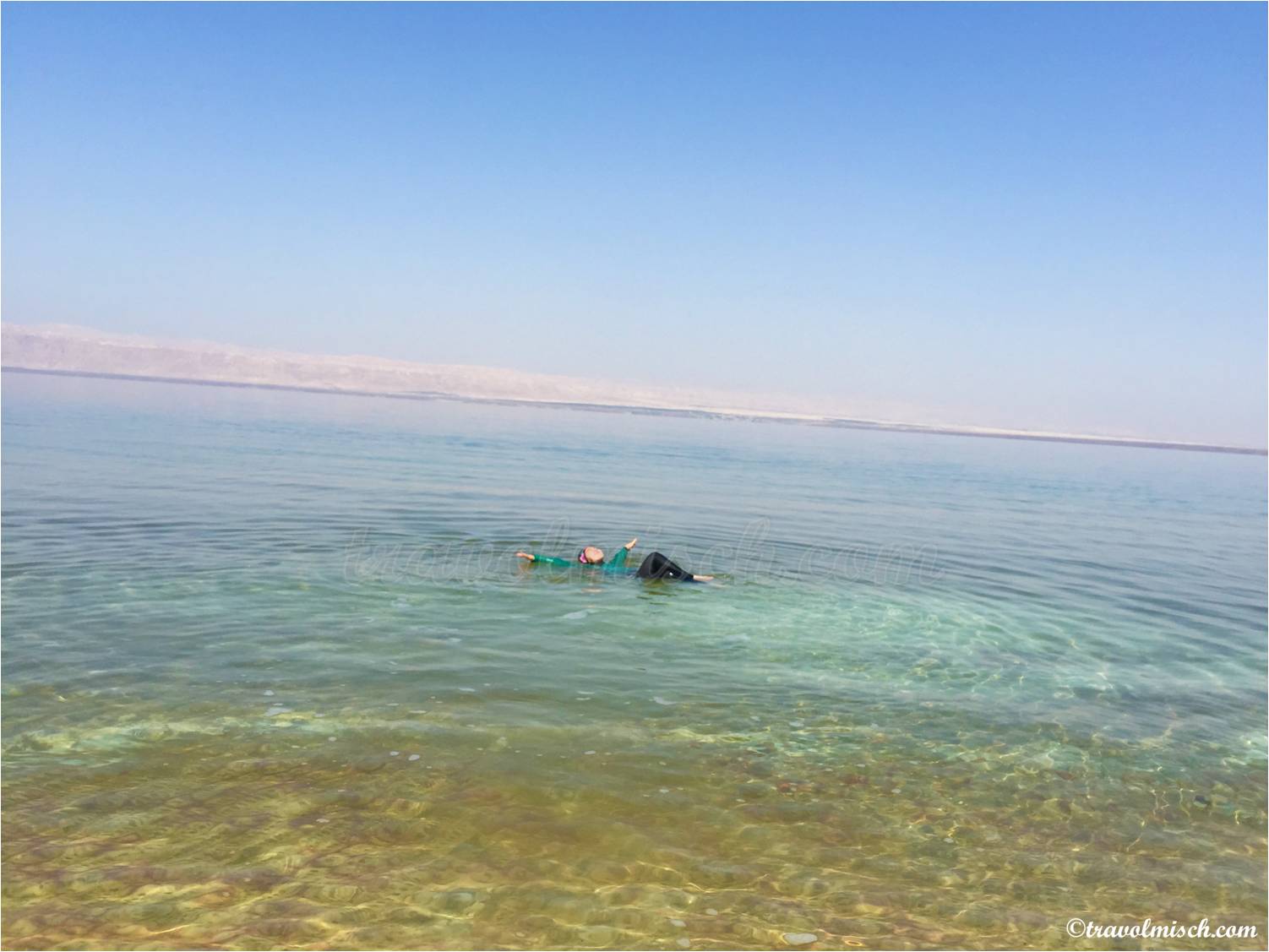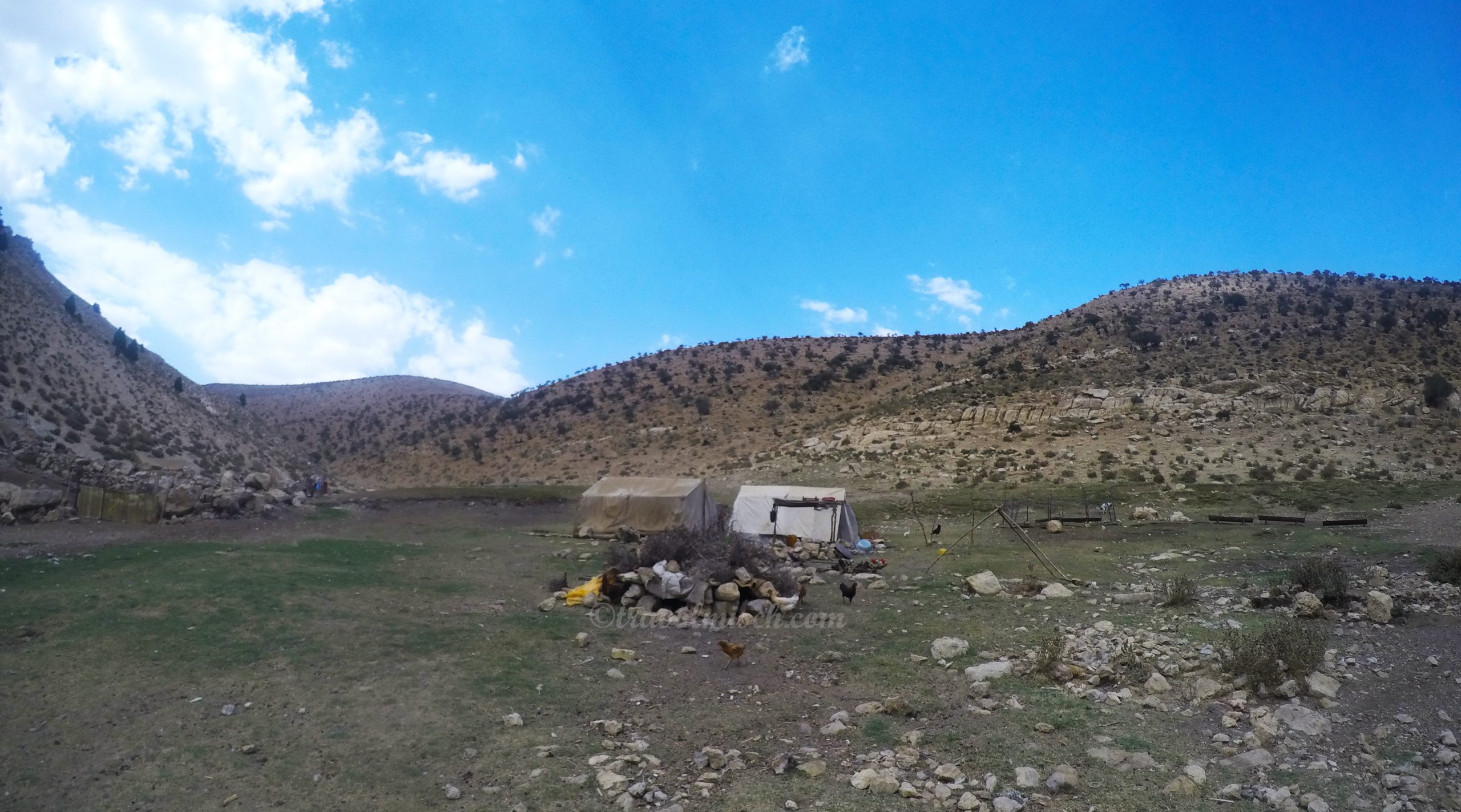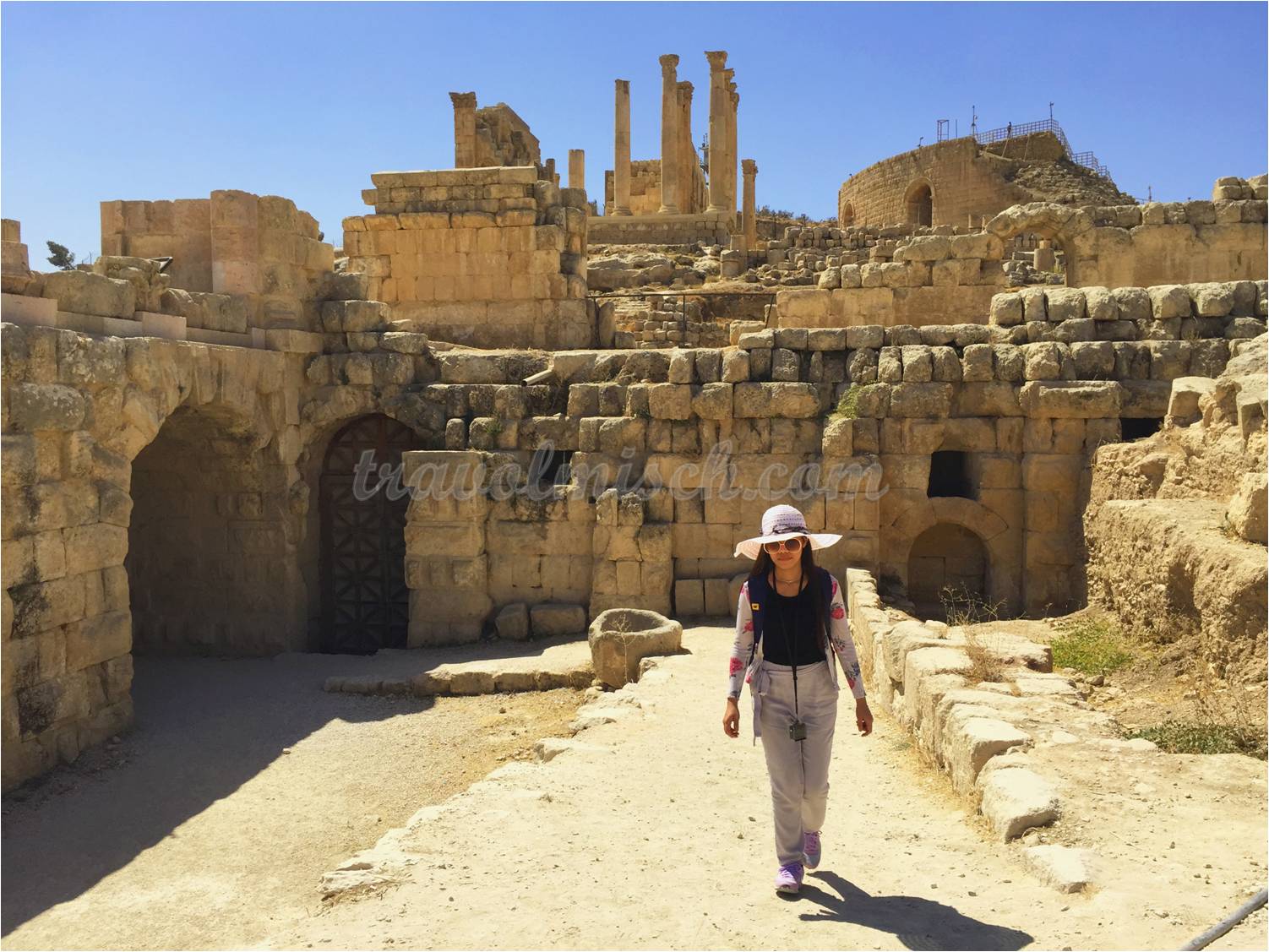Svetitskhoveli Cathedral – Historical Monuments of Mtskheta
Svetitskhoveli Cathedral is located at the centre of Mtskheta city in the northwest town of Georgian capital Tbilisi. It is a walking distance from the souvenirs market. Svetitskhoveli is an Eastern Orthodox Cathedral and is recognized by UNESCO as one of the World Heritage Sites. It is the second largest church building in Georgia after the Holy Trinity Cathedral (Sameba).
Svetitskhoveli Cathedral is literally the ‘Cathedral of the Living Pillar’.
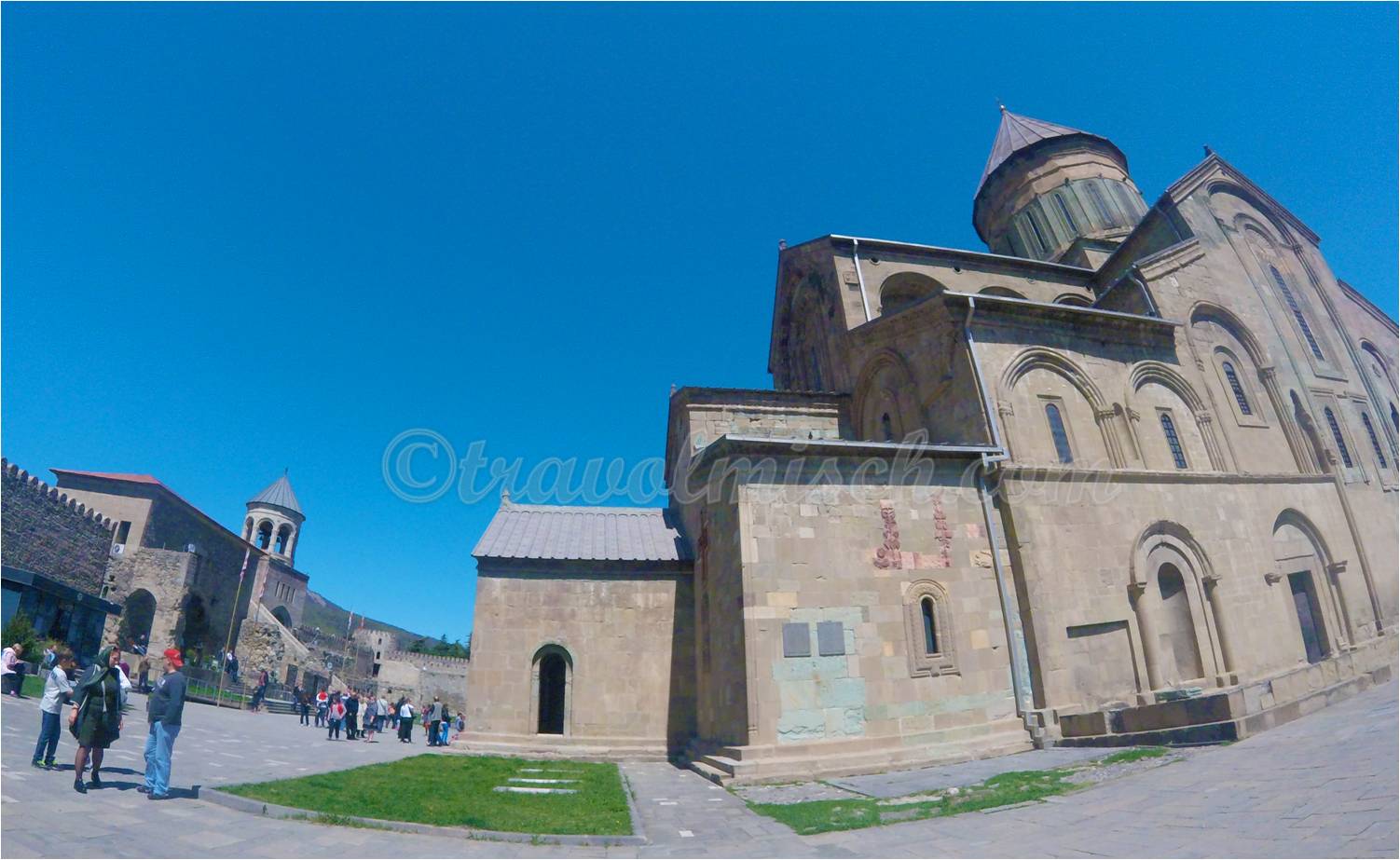
Side view of the church – you see the entrance on the left.
The site is completed during the 4th century during King Mirian III reign. It is also considered as endangered cultural landmark. Because many of its priceless frescoes have been lost due to being whitewashed by the Russian Imperial authorities. In history it has been damaged many times, from the invasions of Arabs, Persians, Timur, by Russians, the Soviet period and some natural disasters like earthquakes as well.
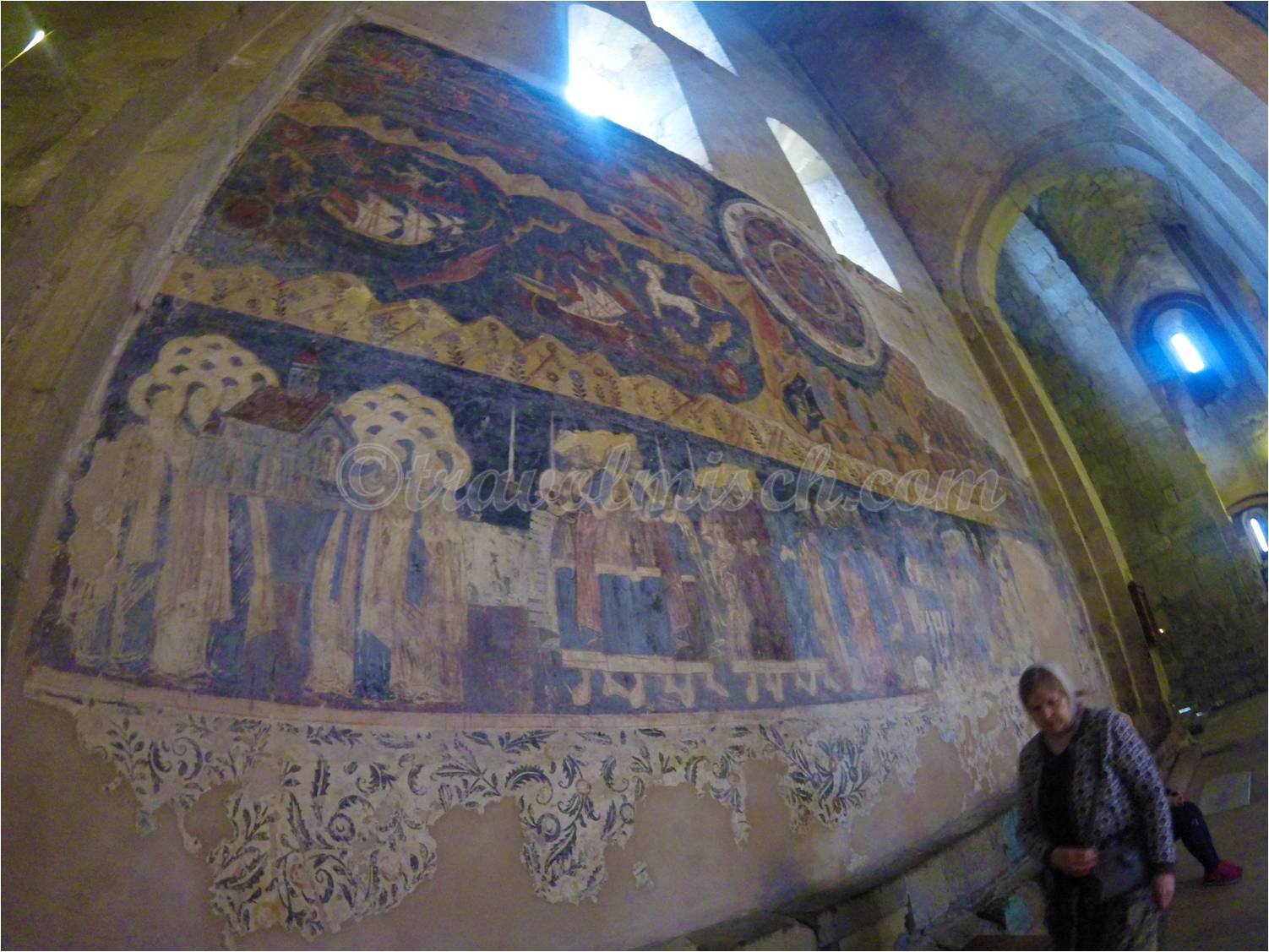
Priceless frescoe painting
Svetitskhoveli Cathedral is known as the burial of Christ’s Mantle. According to Georgian holy writing in the first century AD, Elias a Georgian Jew from Mtskheta was in Jerusalem when Jesus crucified. He bought Jesus robe from a Roman soldier, brought it and he return back to Georgia. Sidonia his sister met him, touched the robe and immediately died. It is because of her strong emotions to see the sacred object.
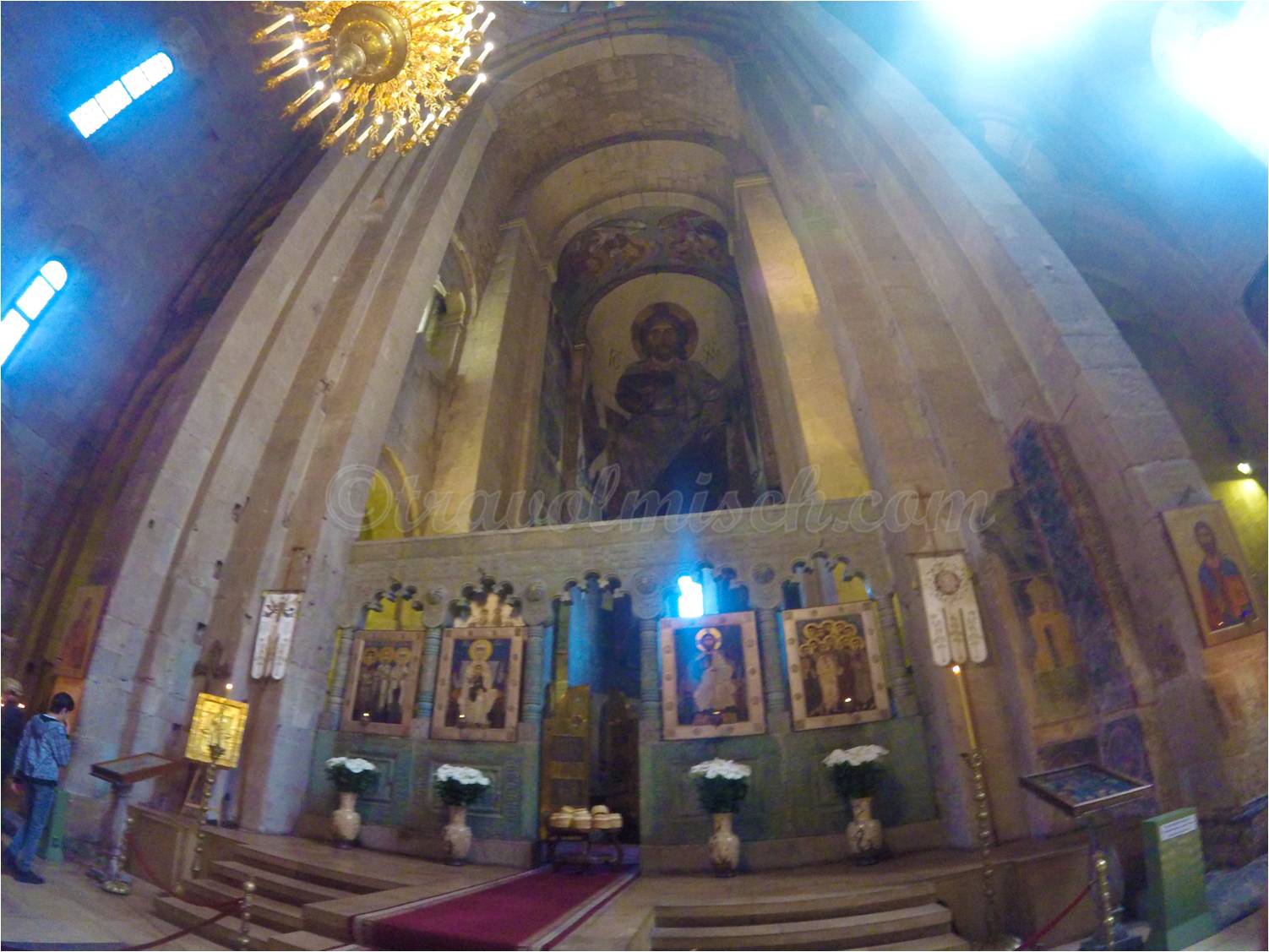
The Altar
It is said that the mantle could not be removed from her grasp and she was buried there with it. From her grave there grew a cedar tree and Saint Nino built a church from the tree that chopped into seven columns. The seventh columns rose into the air by itself then Saint Nino prayed the whole night and returned it on the earth. From that column, there was a sacred liquid flowed and it can cured from many diseases. So Svetitskhoveli got its name which means ‘Sveti’ ‘pillar’ and ‘tskhoveli’ means ‘life-giving’ or ‘living’. In English ‘Svetitskhoveli Cathedral’ means ‘Cathedral of the Living Pillar’.
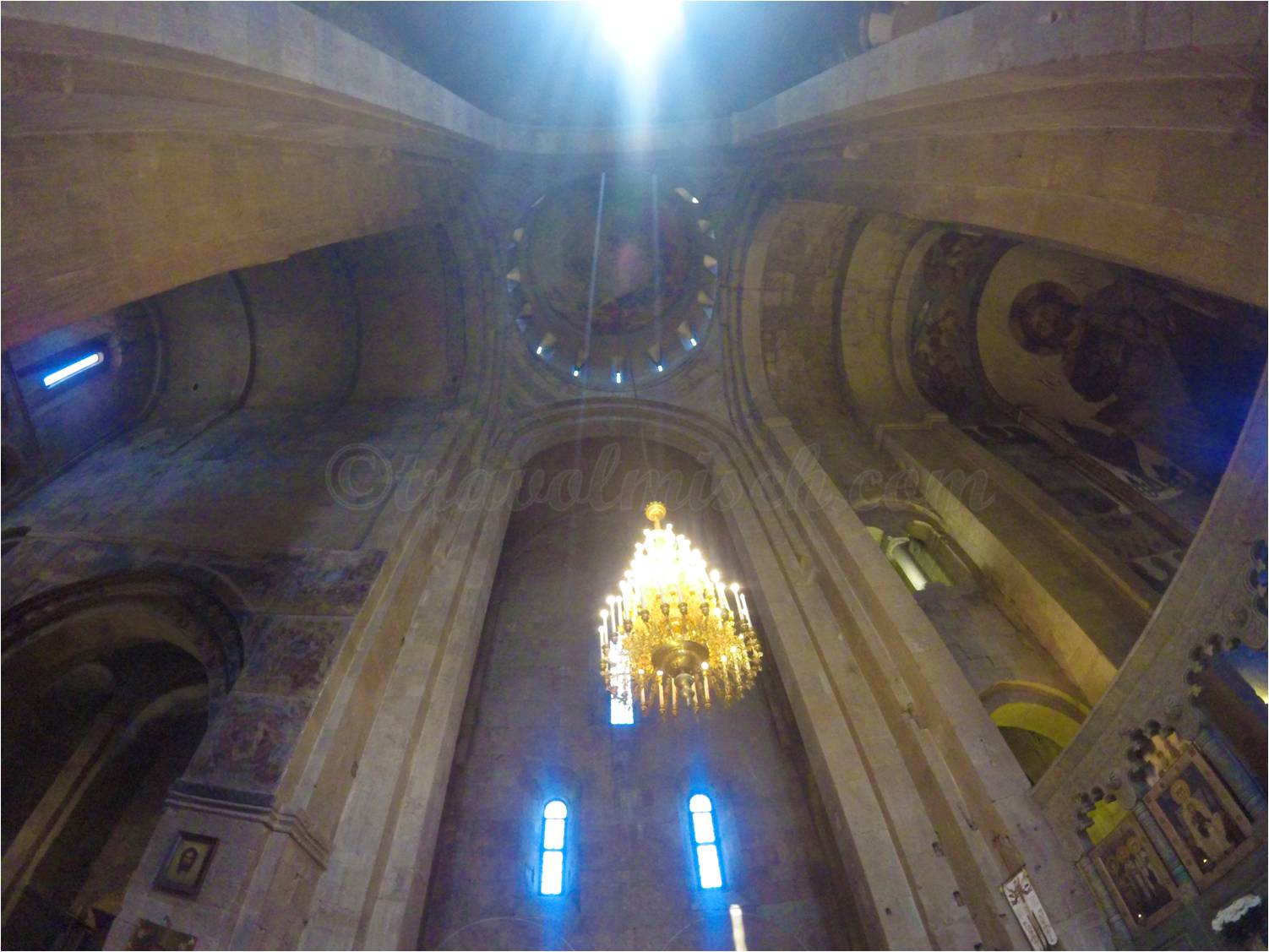
The domes view of worm’s eye.
In 1787 during the reign of King Erekle II, they built walls made of stone and bricks that surrounds the cathedral for the purpose of defense. At the inside of the church yard where the castle of Patriarch Anton II found.
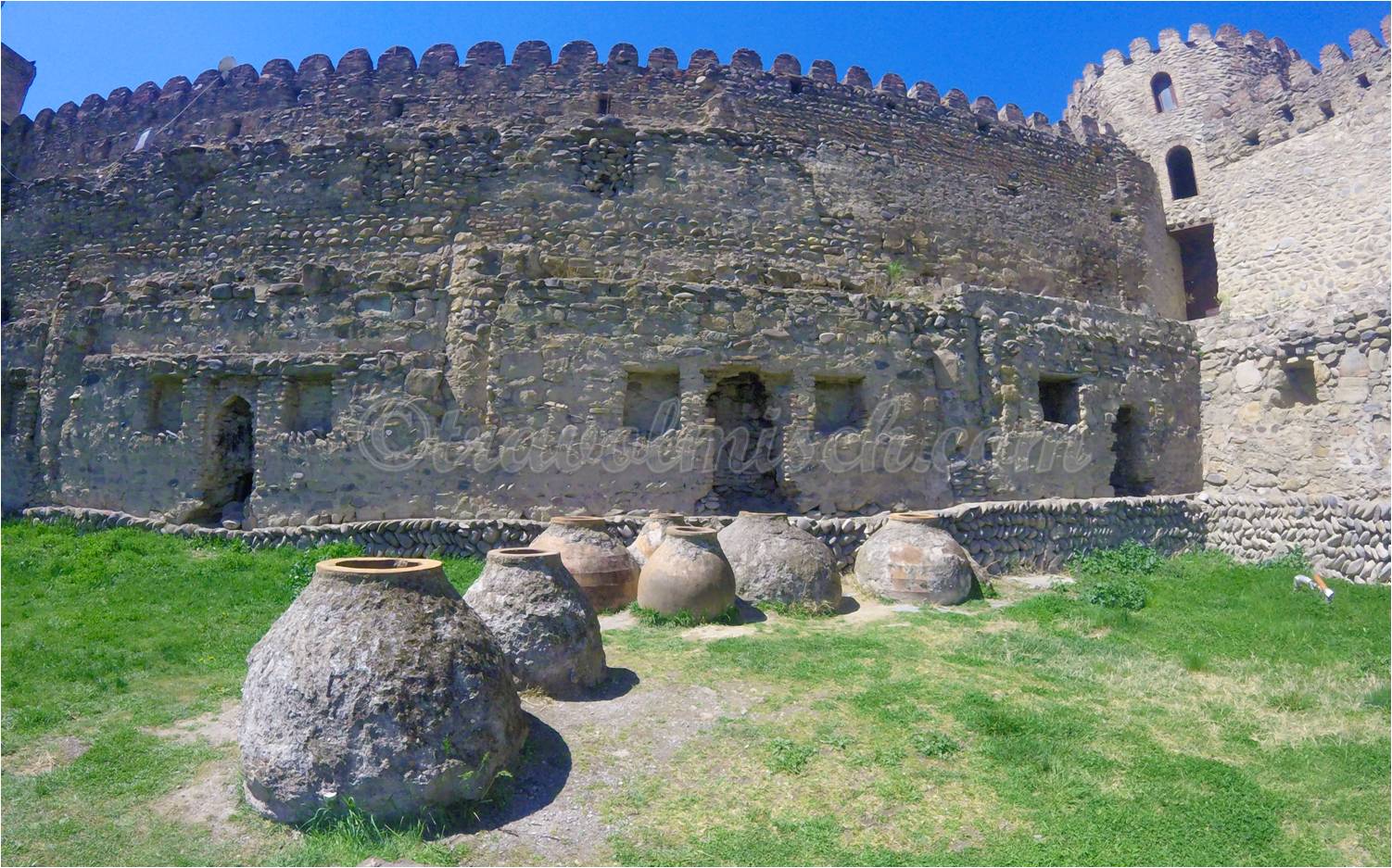
The castle wall that surrounds the church and Kvevri in the ground.
Kvevri is a large earthenware vessels that is used for aging, for storage or fermentation of traditional Georgian wine. They are usually buried on the ground. These kvevris in the photo were fully covered by the soil during the 4th or 5th centuries but through many years past these became like what we see now.
Related post and find it on number 1.1 : Georgia’s traditional foods and drinks you must try
References and sources: Wikipedia
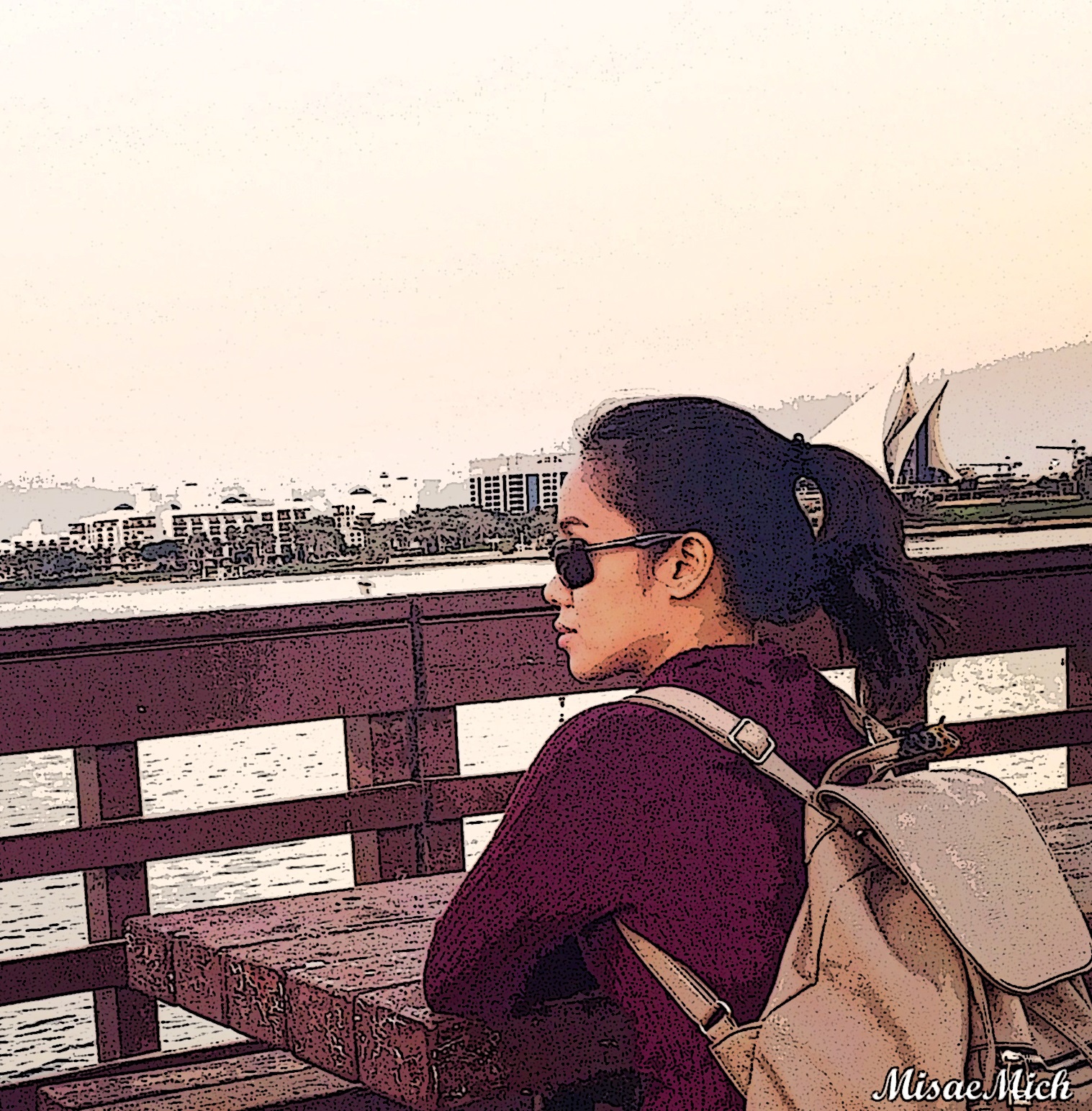
RELATED POSTS :
Nakhchivan City – Azerbaijan
“Machu Picchu of the Caucasus” – Alinja Fortress Azerbaijan
Knight in Cold Spring – Part 1
Leave a Comment Cancel Comment
About me

Search:
please subscribe:
Latest Posts
Shooting Star
August 16, 2023The greatest journey is the journey within
October 4, 2022The gladdest moment is a departure into unknown lands
September 27, 2022Traveling it leaves you speechless then turns you into a storyteller
September 20, 2022Comments:
- MisaeMich on Maria Cacao and Mangaw of Mt. Lantoy – the legend of Argao
- MisaeMich on Knight in Cold Spring – Part 1
- MisaeMich on Maria Cacao and Mangaw of Mt. Lantoy – the legend of Argao
- Priscilla Bettis on Knight in Cold Spring – Part 1
- chay holganza on Maria Cacao and Mangaw of Mt. Lantoy – the legend of Argao
